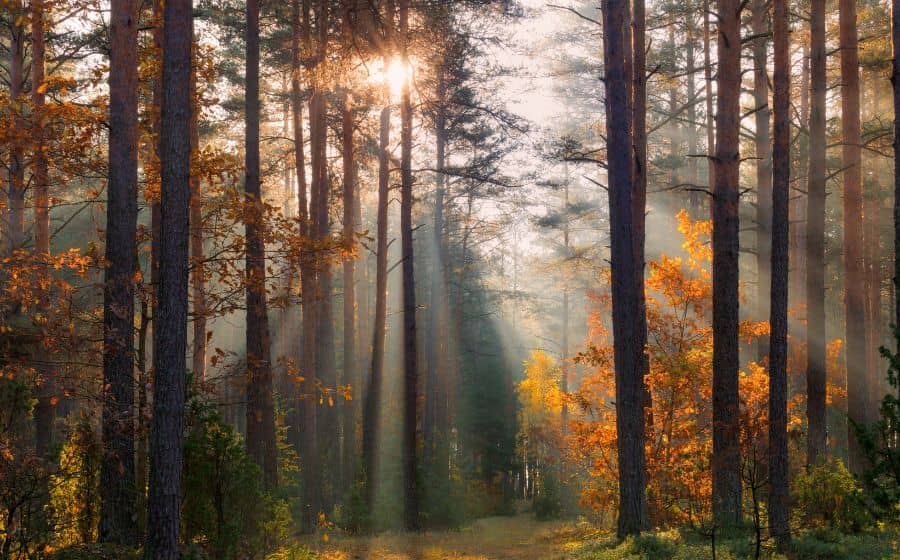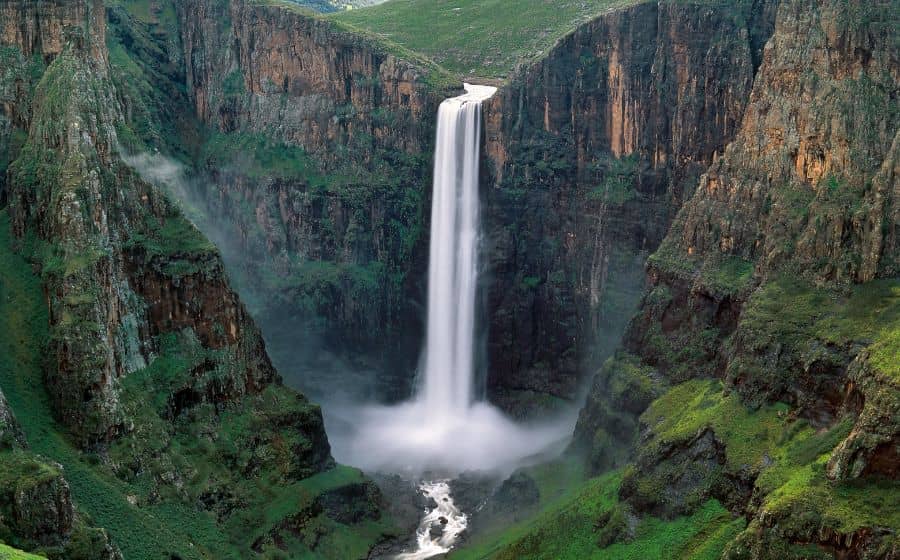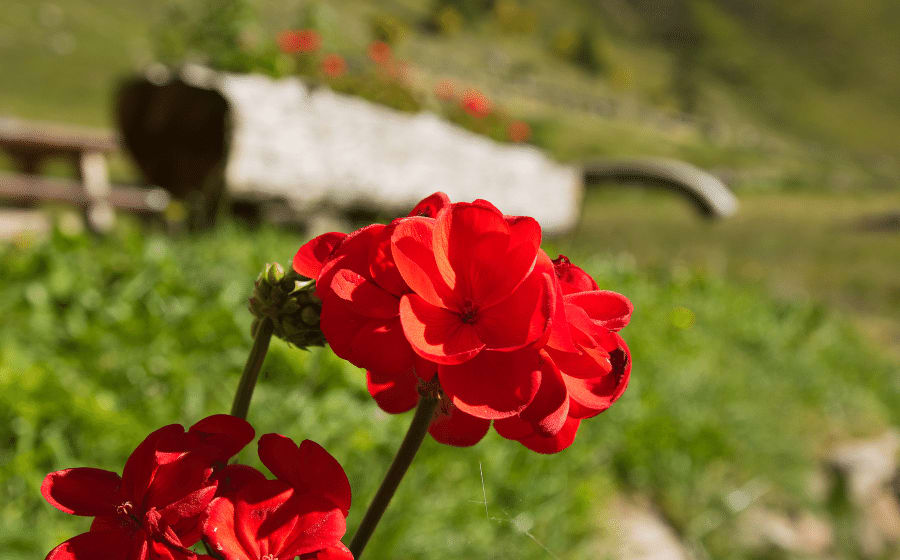Plants in Spain: 3 Major Categories to Know Before Designing Your Garden
October 19, 2022
Win a FREE Trip to Spain!
Exciting Announcement! For the first time, we're thrilled to offer exclusive trips to the heart of Spain - an experience like no other. This isn't your typical tourist journey; it's a unique opportunity to immerse yourself in authentic Spanish culture, alongside real locals and our passionate team.
But there's more! Simply by requesting information about this amazing trip, you'll be entered into a special draw to win a Fully Paid Trip to Spain for Two. And that's not all - everyone who inquires will receive an exclusive bonus gift, valued at $500, available only now.
Ready to Discover the Real Spain?Click Here ↑ to Request Information & Enter the Draw!
You are here because you just typed “plants of Spain,” am I right?
I am guessing you are a florist, a biologist, or a plant lover trying to figure out what plants are common in Spain.
Well, you’re lucky because I’m a plant lover too, and I want to leave you with three major categories of plants of Spain that will be very helpful when creating your own garden.
I hope you haven’t bought anything yet. Remember you should plan your garden a little before fully diving into the project and spending all your monthly salary.
When it comes to plants in Spain, we have tons. But, I decided to divide them into three categories: garden plants, endemic and poisonous plants. In that way, you will have all the information you need about the flora in Spain, especially if you wish to create a good-looking Spanish garden.
Table of Contents ▼ ▶
Garden Plants of Spain
When creating your own garden, I believe you should go for plants that will last longer. Everyone knows that a garden can take a lot of effort and money. That is why the best call is to carefully study the climate and plan which plants and flowers best suit your dream garden. Here you will find a list of resistant plants, flowers, and herbs to inspire your brainstorming.
1. Plants and Flowers of Spain
| Plants & Flowers | Scientific name |
|---|---|
| Bougainvillea | Bougainvillea |
| Lavender | Lavandula |
| Grenade | Punica granatum |
| Poppy | Papaver somniferum |
| Ivy | Hedera helix |
| Spanish Bluebell | Hyacinthoides hispanica |
| Carnation | Dianthus caryophyllus |
| Spanish Iris | Iris xiphium |
| Mums | Chrysanthemum |
| Geranium | Gelargonium spp |
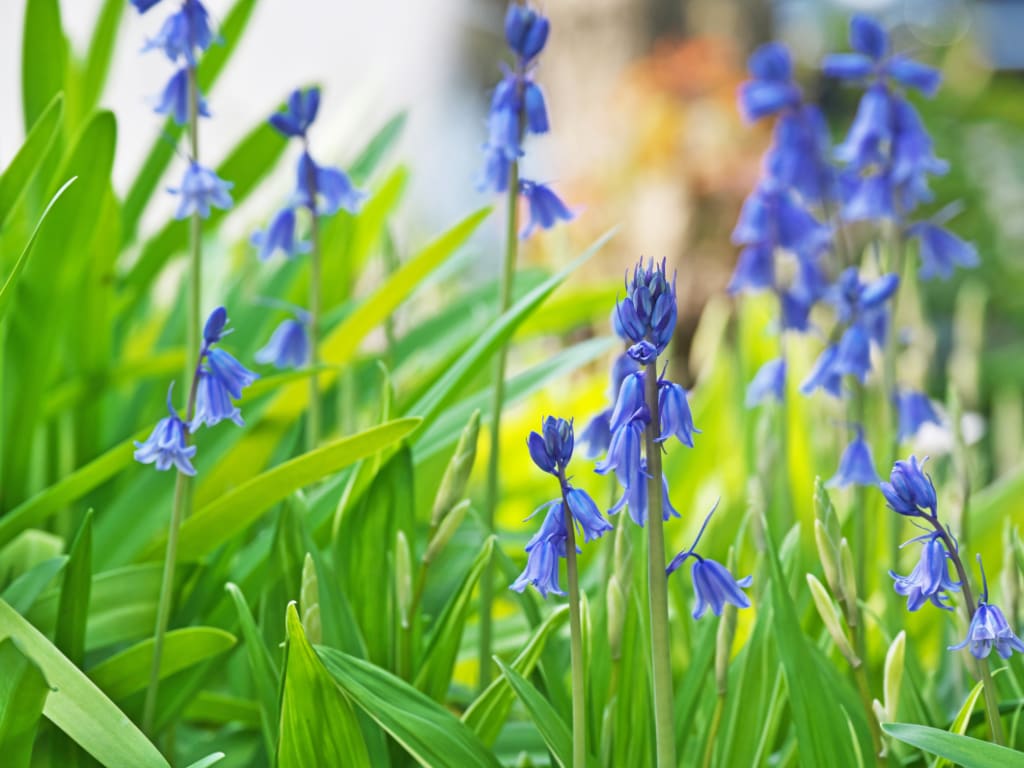
All the plants and flowers above are perfect for resisting any type of climate. They would say that the Bougainvillea is an ideal choice for a more extensive garden with a lot of colors. The Bougainvillea is a climber type of plant perfect for ard climates. It needs 6 hours of full sun to grow abundantly. This plant is the national flower of Granada, and they symbolize peace and beauty.
Unlike the Bouganvillea, the Spanish Iris needs full sun only in cooler climates like the one in the northern regions of Spain, such as Galicia, Cantabria, Asturias, and the Basque Country. If this flower is wanted for arid and sunny climates, it is better to keep them in partial shadow.
From this list, two very important flowers are the red carnation and the lavander. The firts one is Spain’s national flower, which is easy to plant and take care of as carnations resist hot and cool weather while asking for regular light and water. The second one would be lavender because of the stunning fields in Brihuega, Guadalajara, during the summer. Lavender has heavily scented foliage that will relax and light you up.
These are only a selected few of plants and flowers of Spain. I bet you’ll love to know our flowering seasons and festivals when you visit!
By the way, if you love flowering season just like I do, you must check this out:
Flowers in Spain: My top 9, Flowering Season and City Festivals
2. Succulets and Cactus of Spain
| Succulents & Cactus | Scientific name |
|---|---|
| Stonecrop | Sedum album |
| Cats´s claw | Sedum sediforme |
| Navel of Venus | Umbilicus rupestris |
| Sempervivum | Sempervivum arachnoideum |
| Prickly pear cactus | Genus opuntia |
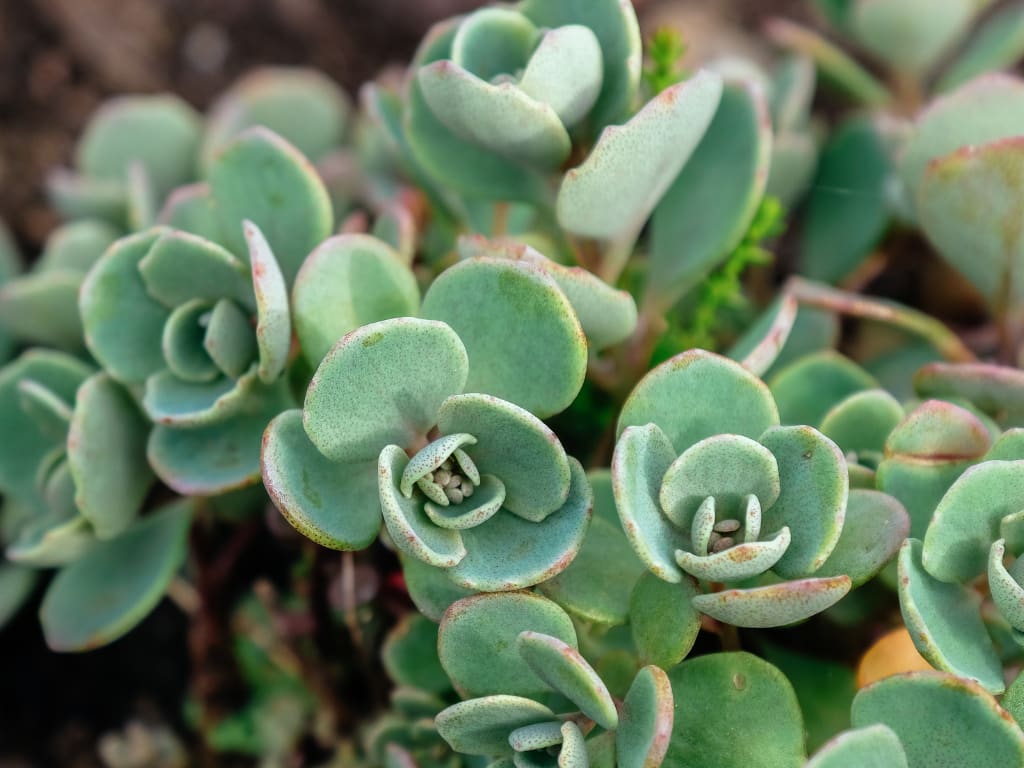
These plants are perfect for arid and dry climates as much as for cool ones. Actually, they could even survive a 0ºC temperature if you make sure that their soil is dry. Succulents and cacti are very common in southern Spain, especially the cactus. You can find the latter in arid provinces like Almería, plenty to see in one of Europe’s few deserts, the “Tabernas,” and in the Canary Islands. Some succulent varieties are Agave, Aloe, Echeveria, Euphorbia, and Sedum. The Stonecrop from the list is a Spanish plant that is very easy to maintain and resistant to any diseases.
3. Aromatic Herbs
| Aromatic Herbs | Scientific name |
|---|---|
| Parsley | Petroselinum crispum |
| Laurel | Laurus nobilis |
| Thyme | Thymus vulgaris |
| Oregano | Origanum vulgare |
| Rosemary | Salvia rosmarinus |
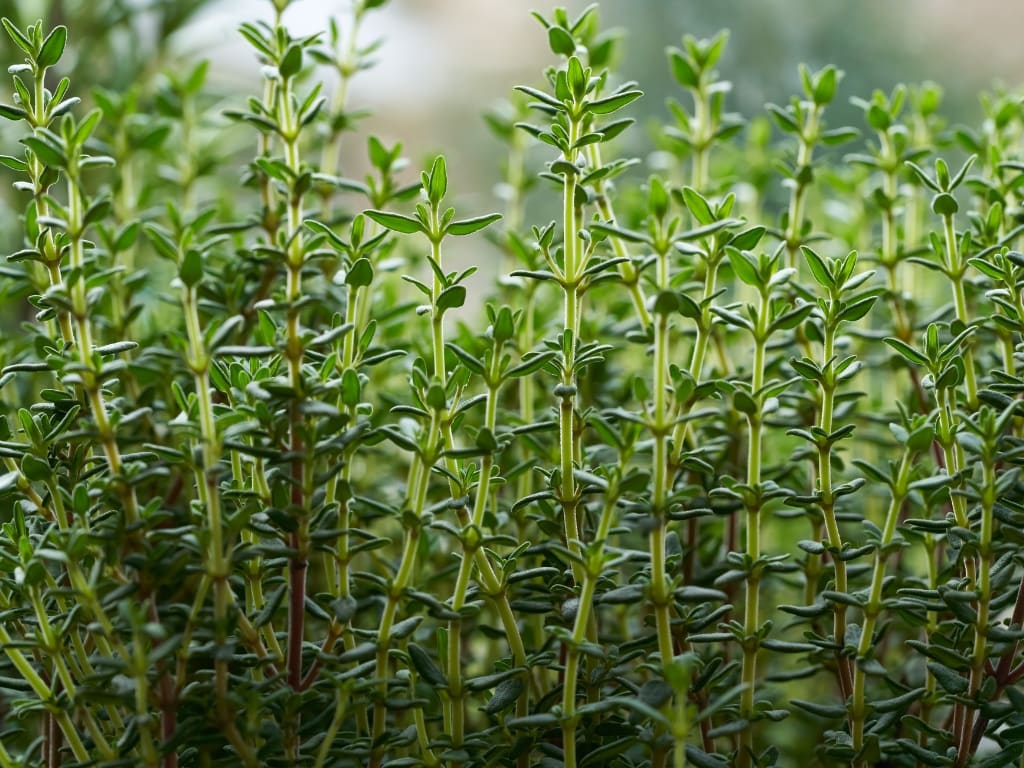
And, when it comes to plants of Spain, we can’t forget about our beloved herbs. If you have visited Spain and tasted our food, you know that we like adding an explosion of flavors to our dishes. You can achieve the same by having some aromatic herbs in your garden!!
Parsley, laurel, thyme, oregano, and rosemary are the main herbs in Spanish cuisine. Actually, we have a Christmas drink that is prepared with more than 10 aromatic herbs. But anyways, when it comes to growing them yourself, you should know that parsley and rosemary are very easy to grow and resist hot temperatures. I can say the same about thyme, as it survives in ordinary soil and little water.
Endemic Plants of Spain
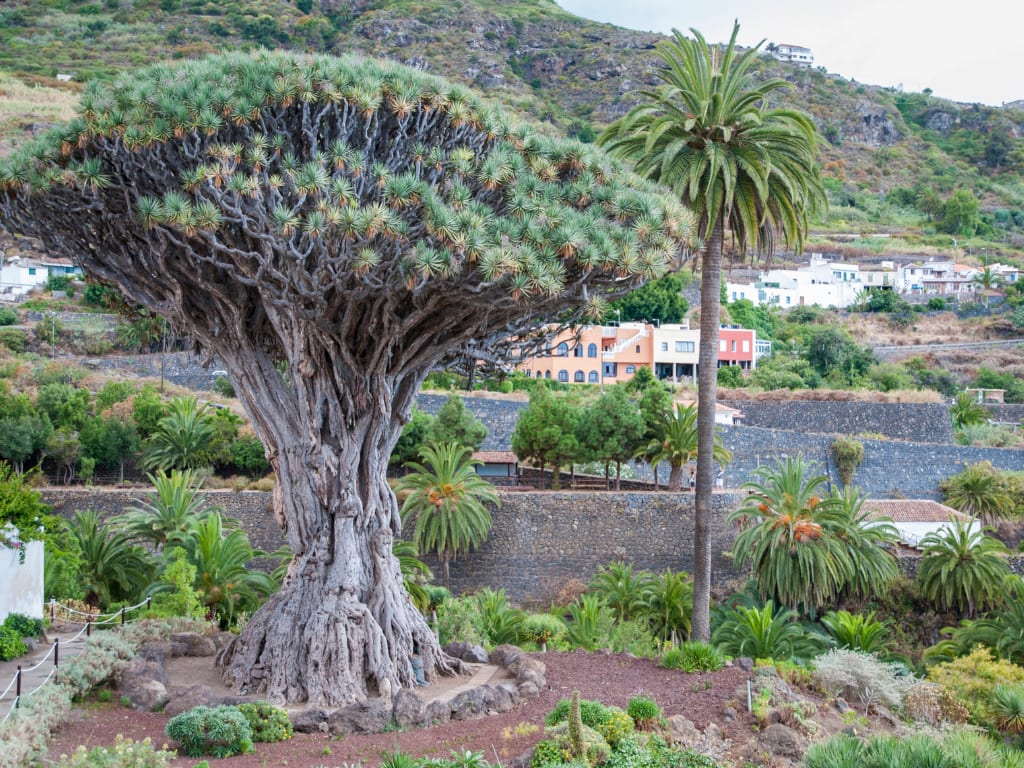
Okay, now that you know what Spanish flowers and plants you could add to your garden, it’s time to share some information about our endemic species. So, just to review the term, endemic means something is native and restricted to a certain place. This is also why we should give extra care to them. Otherwise they’ll go extinct.
Spain has a great climatic and orographic diversity, which has made it the country in Europe with the largest and most varied ecosystems of flora and fauna, in many cases endemic.
According to data provided by the “Centro Superior de Investigations Científicas” (CSIC), there are about 5.600 native plant species, of which 1.350 are endemic. Unfortunately, many of these species are in extinction due to a lack of habitat and climatic changes.
Actually, in 2022 the International Union for Conservation of Nature announced that we had already lost 16 native species due to deforestation, overexploitation of natural resources, and climate change.
Due to the isolation and barrier produced by the sea, the islands are susceptible to producing a more significant number of endemic plants, the Canary Islands, where the greatest number of endemic species are found (more than 15.000 different species). The Balearic Islands have around 2,000 plants, of which 124 are endemic.
| Endemic Plant | Scientific name | Location |
|---|---|---|
| The dragon tree | Dracaenadraco | Canary Island |
| Canary Palm | Phoenix canariensis | Canary Island |
| Scots pine of Sierra Nevada | Pinus sylvestris nevadensis | Sierra Nevada (Andalucía) |
| Cerrioid oak | Quercus cerrioides | Catalonia and Huesca |
| Orangutan oak | Quercus orocantabrica | Asturias and Castille- Leon |
| Peony | Paeonia broteri | Mountains of central and southern Spain |
| Varica of St. Joseph | Narcissus tazetta | Mediterranean area and Canary Islands |
| Margaza or royal daisy | Leucanthemopsis radicans | Sierra Nevada and Sierra de Baza (Andalucía) |
| Narcissus de Sierra Nevada | Narcissus nevadensis | Sierra Nevada (Andalucía) |
| Aquillegia | Aquilegia vulgaris | Sierra de Baza (Andalucía) |
| Granadillo | Hypericum canariense | Canary Island |
| Mirabal Flower | Salcedoa mirabaliarum | Salcedo (Cantabria) |
Poisonous Plants of Spain
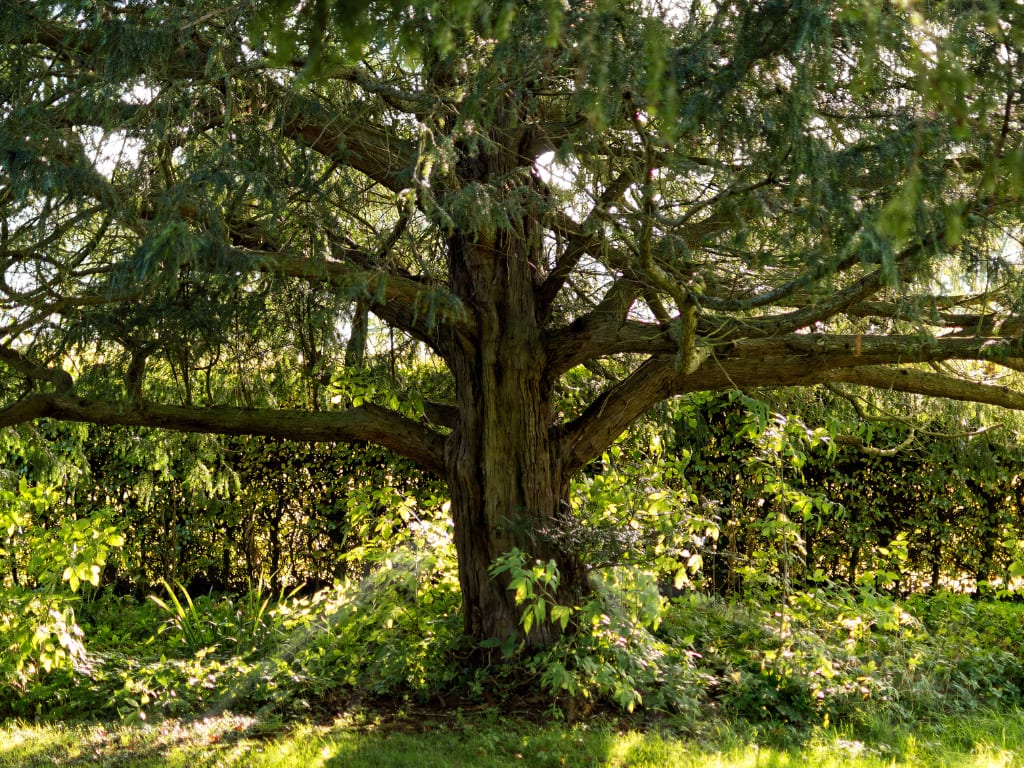
The third major category you should know about plants of Spain is poisonous plants. Of course, no one will sell these plants for a garden, but I know people who like picking up flowers or attractive plants when they hike. Please don’t do that! Especially if you are in an area, you are not familiar with.
As with any other flora, we have several poisonous plants in Spain, and I will list some of them here for you.
Poisonous plants, and even the most dangerous and deadly ones, are often hidden in the form of beautiful flowers with beautiful and striking colors and smells.
The reason why many of them have become poisonous is due to a need for adaptation and survival. Climate change and the conditions of the soil and environment have contributed to the plants generating defense mechanisms to protect themselves from the outside environment.
As a consequence, plants produce substances that are harmful to humans and animals. Well… most humans, because many herbivorous animals have learned to distinguish which plants could be dangerous to eat.
In addition, they do not produce harmful effects at all stages of the plant’s life, so their poison is not permanent in many cases. There are also cases in which the plant produces the antidote to survive. For example, the pollen of the Yew tree (list below) can result in irritation of eyes and headaches.
It is easy to find poisonous plants where they should never be from private and public gardens and parks, green areas of schools, in urban environments as an ornamental or to divide the boundaries of housing developments or farms, and in cemeteries. And that is why you should be careful when randomly picking up a flower!
| Poisonous Plant | Scientific name | Location |
|---|---|---|
| Oleander | Nerium Oleander | Mediterranean, Andalucía and Ibiza |
| Stramonium | Datura Stramonium | Fallow land, gravel pits or in agricultural environments |
| Yew dust | Taxus Baccata | Asturias, Cantambria, Zamora, Cuenca |
| Aconite | Aconitum Napellus | Pyrenees, Cantabrian Mountains, and Sierra Nevada |
| Hemlock | Conium Maculatum | Common throughout Spain |
| Holly | Ilex Aquifolium | Aragon and Catalonia |
| Hydrangea | Hydrangea Macrophylla | Throughout northern Spain |
And that is it! Now, you don’t only know about the plants of Spain. Still, you have the essential information on plants for gardening, endemic and poisonous. If you ever encounter one of the plants or flowers from this list, take a picture and send it to us! We will love to know if this came in handy for your adventures.




